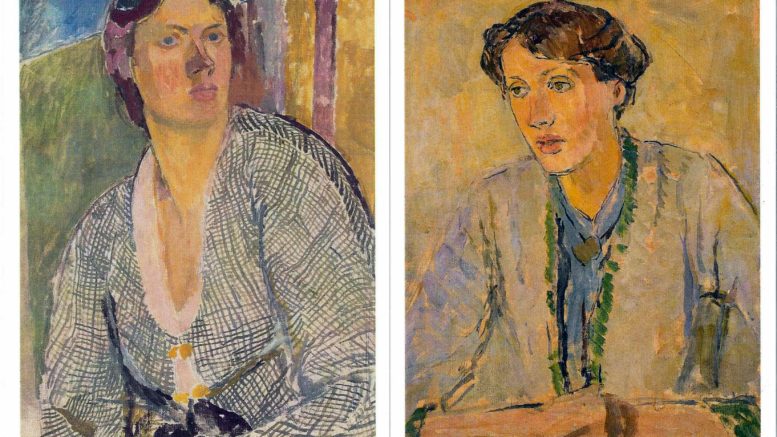Vanessa Bell had the same impact on painting as her sister Virginia Woolf had on literature. Her influence spells out a vital transition from the Victorian tradition of visual expression to the new way of seeing of the 20th century – with a palette of modern colours and a radical approach of peering behind the obvious.
See for yourself. Until 4 June, Vanessa Bell is the star of the Dulwich Picture Gallery’s latest exhibition – the first major retrospective of her work 56 years after her death.
From today’s point of view, it is no wonder that women were the ones to bring about these changes. Theirs was the time when women at last became more visible in society, science, art and literature.
It is hard to pick my favourite picture in this exhibition because every single one was a revelation to me, but if I had to choose I would go for Vanessa‘s three unconventional portraits of Virginia Woolf. In each of them the face is blurred but you don’t need a true-to-life likeness to recognise the delicate features of the writer, her letting go as she finally seems to have found a resting place. These peaceful portraits are full of love and understanding.
The other important aspect of Vanessa Bell’s work is her contribution to the Omega Workshop. Some objects from Charleston Farmhouse are shown in Dulwich but it is worth visiting the real thing.
Objects of everyday use are transformed into objects of art: jugs, tiles, chairs, folding screens, rugs. Thereby, art becomes part of your daily life and not just something to look at but something you can actually use. A surprising and beautiful new aspect of art that I am sure would not have happened without the contribution of this most resourceful of women.
Part of the exhibition is a room named Legacy, showing photographs by Vanessa Bell and Patti Smith. Having read Patti Smith’s recent book M Train, I was so touched to see her pictures. Patti Smith writes about the troubles she took to take these photos, especially the ones of Silvia Plath’s grave. Some others she took in Charleston Farmhouse and in Monk’s House, Virgina and Leonard Woolf’s country refuge.
These were the same pictures I had taken many years ago when visiting these places: Virginia’s bust in the garden of Monk’s House or the river Ouse. Through these photos I dared to feel somehow connected to Patti Smith, another woman I admire very much both for her art and her brilliant mind.
